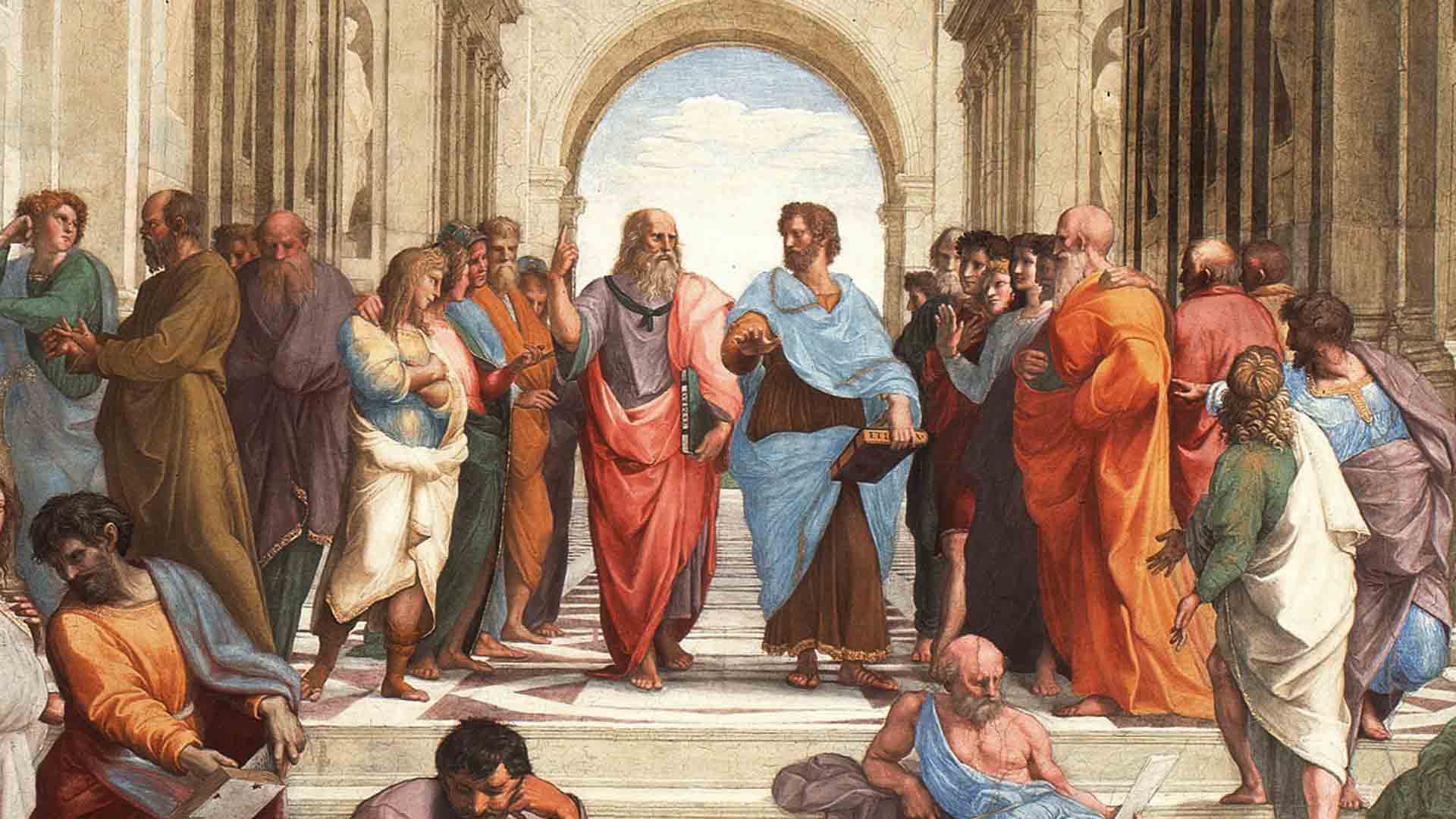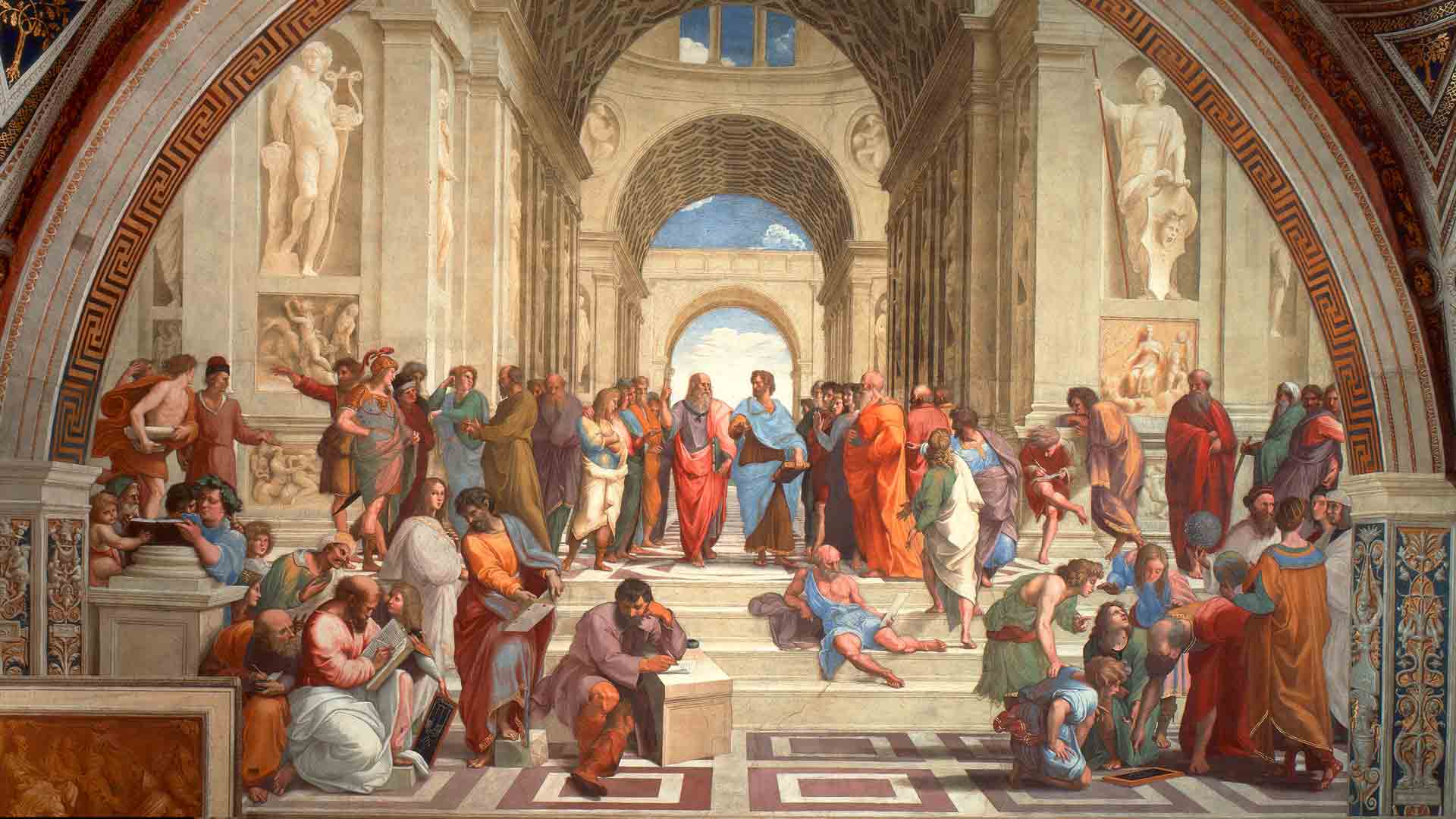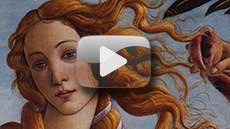Education
My commemorative cover video above is "Education", the
Chittenden Memorial Window highlights the
30" panoramic stained-glass window by
Art Nouveau artist
Louis Comfort Tiffany & Co., 1889-90, at
Yale University.
It represents an allegory of angels,
each identified by their halos as
Art,
Science,
Religion, and
Music.
They are surrounded by their
ideas,
values, and
virtues,
all learning in
peaceful harmony
guided by
Light,
Love, and
Life
...
The panorama begins with angels of
Art,
Form,
Color, and
Imagination
followed by
Perception and
Analysis who join
the center panel of
Light,
Love, and
Life guiding
Science and
Religion in harmony.
The angels personifying
Science are
Devotion,
Labor,
Truth,
Research, and
Intuition.
The virtues representing
Religion are
Purity,
Faith,
Hope,
Reverence, and
Inspiration.
Law connects the last panel with
Music,
Rhythm,
Melody,
Harmony,
Verse, and
Voice.
Yale alumni Simeon Baldwin Chittenden,
a broken father who lost his daughter Mary Hartwell Lusk at the early age of 32,
funded the Yale library (now known as Linsly-Chittenden Hall)
and commissioned his friend and relative Tiffany to create
EDUCATION
in her honor.
CREDO: 2. Et incarnatus est by
Antonio Vivaldi
My next influential inspiration is the School of Athens.

Philosophy
This painting is an inspiration to me as person and a teacher because it represents "Philosophy" and the union of minds having had a profound impact on civilization. The School of Athens, 1509–1511, is a fresco detail, by Raphael (Raffaello Sanzio da Urbino) at the Stanza della Segnatura, Papal Palace (Vatican Museum), in Rome, Italy.
The "ethereal" views of Plato (left-center), who points to the heavens for eternal truth, beauty, wisdom and justice is contrasted with the "practical" views of Aristotle (right-center), carrying his book "Ethics", who believes the same is found in the physical world. Full details, including the mindset of the time and critical analysis of the School of Athens in: Art Appreciation: The Renaissance
Featured Artwork:
The School of Athens, Fresco, 1509–1511,
at the Stanza della Segnatura, Papal Palace, Vatican, Rome, Italy.
Painted by Raphael (Raffaello Sanzio da Urbino), Florentine High Renaissance painter,
March 28 or April 6, 1483 – April 6, 1520).
Course: AP®︎/College Art History: Unit 5 Lesson 3: Renaissance Art in Europe: The School of Athens.
Teaching
I foster the creative development and enrichment of others. I impart my liberal arts education and life experiences as an artist and a teacher to teach a balanced and disciplined-based art education. The visual arts, its language of symbols, concepts, and meanings open alternative doors of discovery and intelligences that can act as a medium to integrate experiences in life together. Thus, I am dedicated to cultivating and refining the intellect and exploring full human potential through visual communications. Foundation for Critical Thinking
Teaching methods, management, and evaluations should have a basis in various fields of educational theory. The education system has the power to improve society and is fundamental to the construction of one that is free of discrimination and concerned with community and global welfare. As a Perennialist and Essentialist, I also believe in the importance of a liberal arts education and studies of past achievements. Time is a continuum of constant and changing experiences that build upon one another to guide us toward the future. As a reflective and conscientious art educator, I strive to be a significant contributor to those experiences that help establish:
the inherent worth of each individual.
- a positive learning environment.
- inclusion of all.
- reflective and scholarly thought.
- the freedom to choose.
- human dignity and diversity.
My views are founded on a combination of philosophical approaches:
Using the
Normative approach,
I teach students the traditional, contemporary, and universal values in art,
including the "why" and "how" ideas are conveyed symbolically.
Using the
Descriptive approach,
I teach students the various forms of visual art in a
social, historical, and contemporary context.
The
Analytical approach is used to teach
the fundamentals of art and an
Aesthetic
approach to teach the languages, concepts, beauty, and meanings.
I apply the goals of each branch of philosophy to art education. The Metaphysical nature of art creating, meaning, and existence reveals how art can be personally, socially, and historically significant. The study of Epistemology is applied to art knowledge, the boundaries, and inspirations, and reveals that our feelings and intuitions are related to what we produce and perceive.
My curriculum ideas, methods, management and evaluation focus on the individual's learning style as well as working as part of a group. They are experience-centered, reflective, and relevant. The open and active learning environment allows for individual learning differences and is responsive to the needs of the group.
Art Education
I promote observation, analysis, and critical thinking. Questioning assumptions, examining issues and trends of the future encourage the development of innovative solutions.
My classes are full of reciprocal relationships that include feedback, movement management, monitoring activities, reinforcing skills, and resolving unexpected problems. I use behavioral objectives to obtain student accountability and my evaluations are authentic and informative.
The combination of my liberal arts education, artistic experiences, and eclectic philosophical approaches to art and design education: I profess to enrich the learning experiences of others through visual communication as my life continue to be enriched. I dedicate my life to developing, providing, and promoting quality fine art, design, and a "Discipline-Based Art Education"
&
Aesthetics
Bridging the Gap
I am challenged to bridge the gap between the two most opposing art theories; "Expression" and "Imitation" (Representation) to acheive a balance. Aesthetic experiences are internal and universal and it is in both pleasure is found. The imagination is a powerful force inspiring the creation of new forms; it stirs the unconscious and divine, however
...knowledge of art history,
master of the medium, and the discipline
that comes from trial and error
are as important as talent, genius,
and creative imagination.
-Dr. Townsend, Professor of Philosophy, University of Texas
My personal work has been mostly influenced by two major styles in art history: The Ancient Greco Roman Classical period for standards of order, beauty and effortless grace and the Renaissance period for concepts of color, space and form. My favorite master artists are Leonardo da Vinci, Michelangelo, Raphael, Bernini, Rembrandt, David, and Caillebotte, all of whom which rendered beauty with discipline.
Subject matters I find most interesting are conceptual in nature such as, human intuition, the soul, and timelessness. Capturing a beautiful landscape in a painting or photograph will fulfill my need to express the sublime. As a result, many of my pieces are formed with the nineteenth-century idea of "Transcendentalism;" a concept that nature devoid of human intervention represents a higher order. Creating a simple still life, however, will sharpen my technical skills with the "objective" process of seeing. I experiment by composing inanimate objects to explore the elementary laws of three-dimensional form and "animate" them to create a mood. By imitating (representing), I trandsend to find visual responses to aesthetic experiences. In my personal work, I often combine opposing forms and ideas such as solid, static objects juxtaposed with fragile, transparent, and flowing forms. This process enables me to see beauty in the ordinary and mundane.


